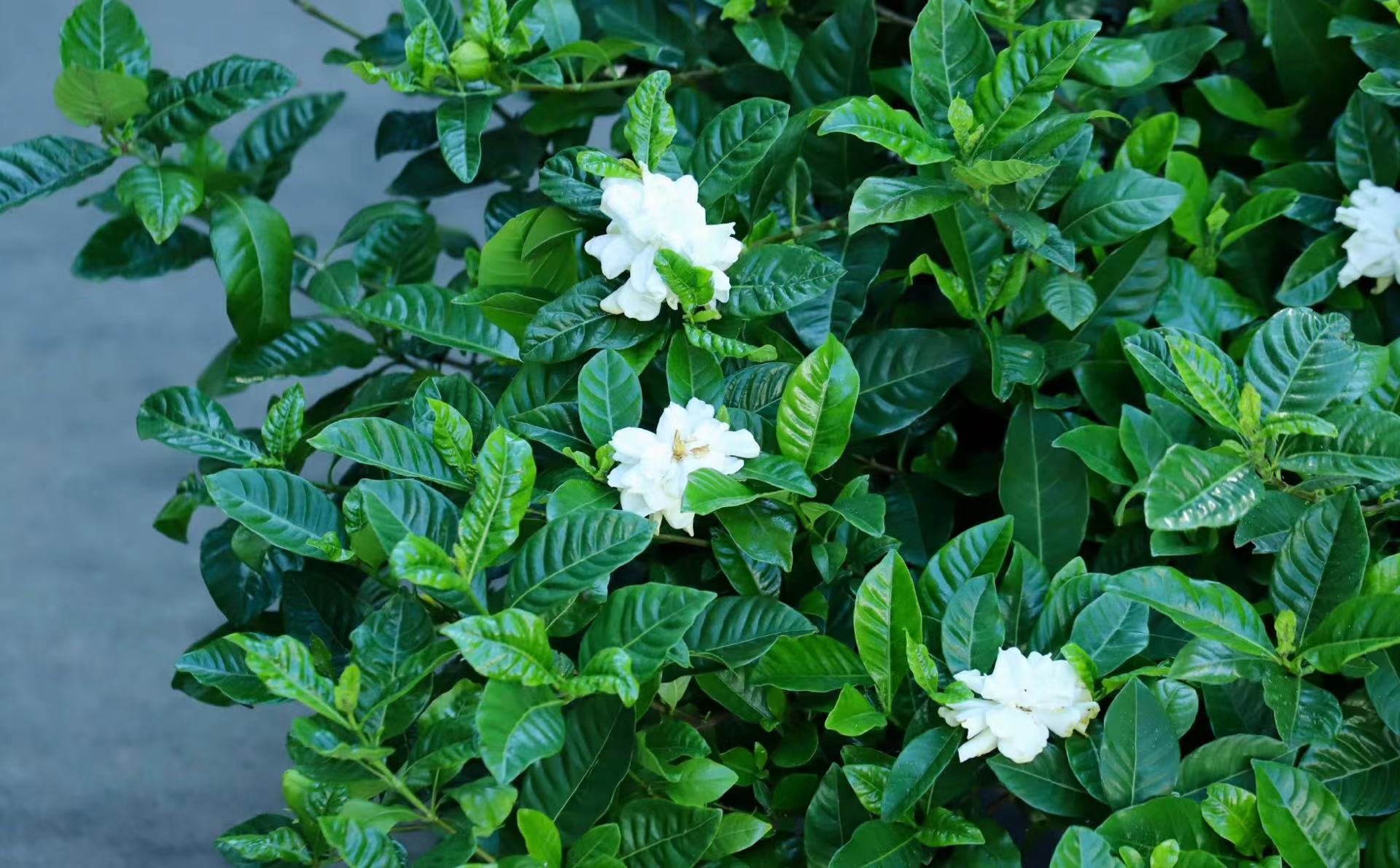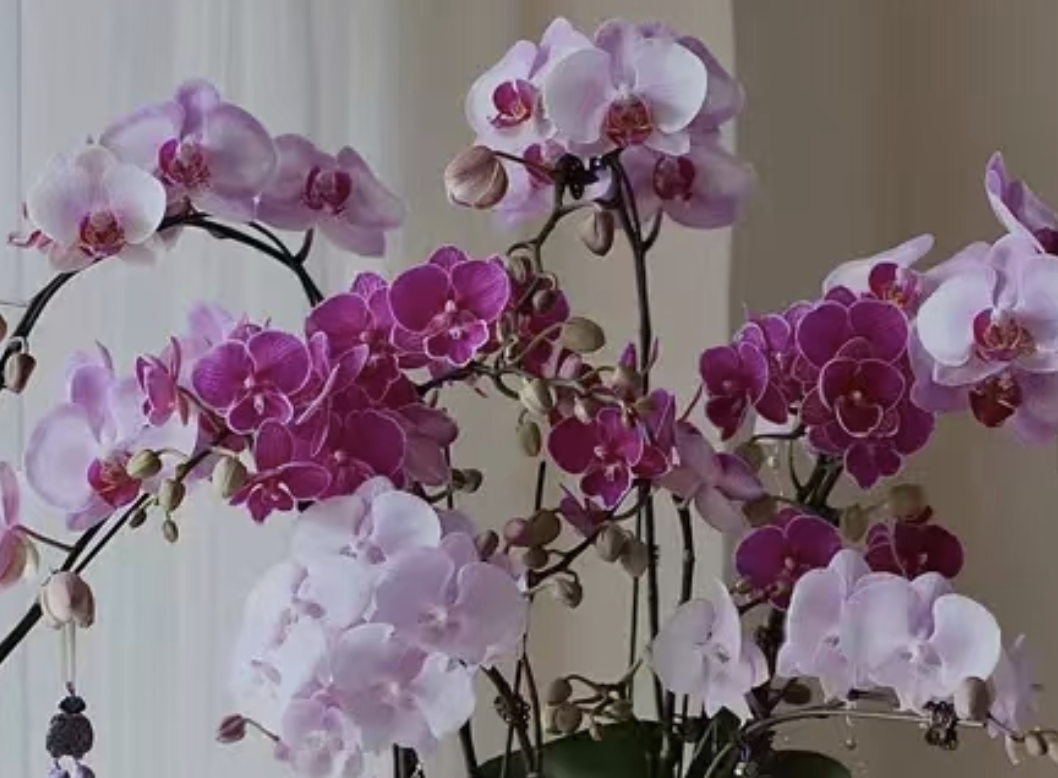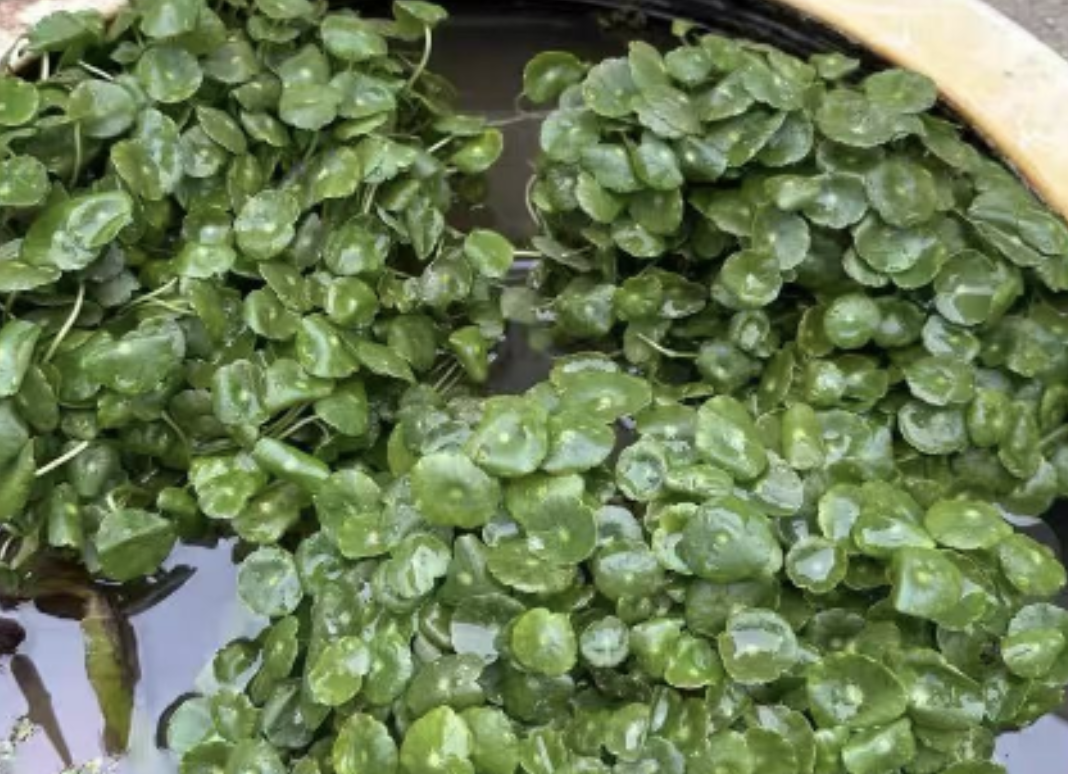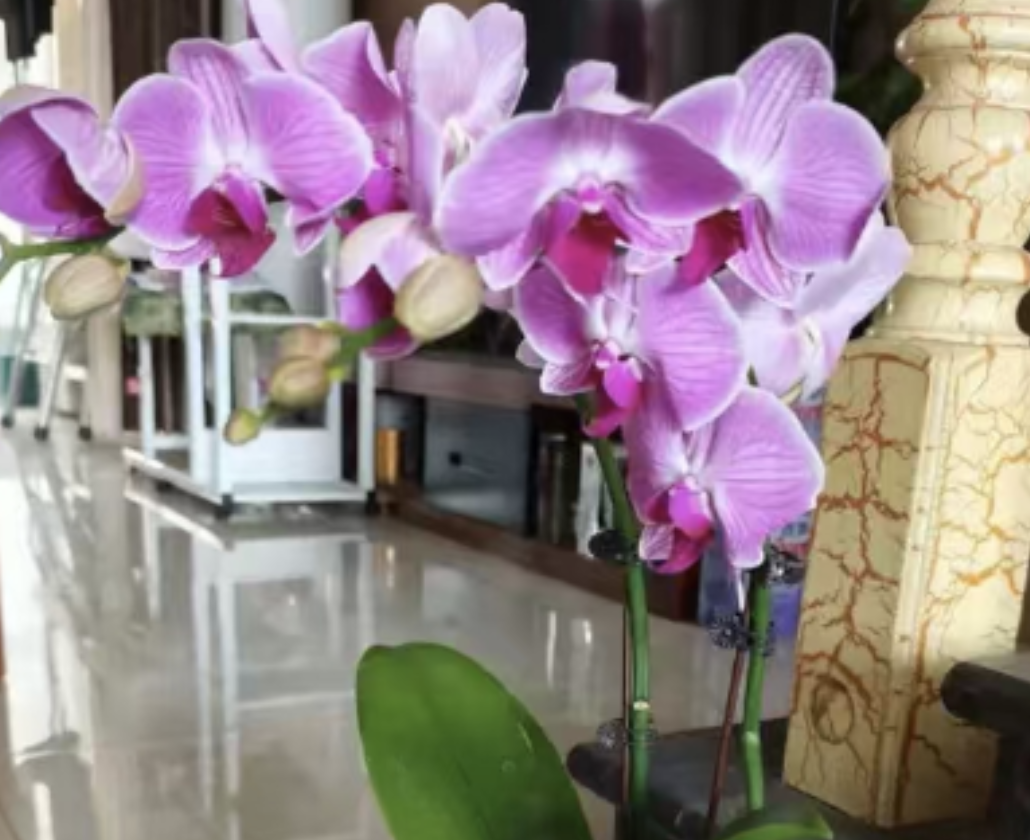Sometimes Gardenia jasminoides fails to bloom for a long time, which puzzles and frustrates many flower lovers. Now, let's learn about the reasons why Gardenia jasminoides doesn't bloom.
The failure of Gardenia jasminoides to bloom can be caused by multiple factors. Insufficient light is a common reason. Gardenia jasminoides requires abundant sunlight for photosynthesis to accumulate sufficient nutrients to support the differentiation and development of flower buds. If the plant is placed in a shady environment for a long time, it cannot obtain enough energy, thereby affecting blooming.
Nutrient imbalance can also lead to the non-blooming of Gardenia jasminoides. During its growth process, Gardenia jasminoides needs balanced nutrition. If fertilization is improper, for example, too much nitrogen fertilizer and insufficient phosphorus and potassium fertilizers, it will promote the excessive growth of branches and leaves but inhibit the formation of flower buds.
Improper pruning may also be one of the reasons. If diseased branches, weak branches, and overly dense branches are not pruned in time, it will lead to poor ventilation and uneven light within the plant, affecting the development of flower buds. Improper watering can also affect the blooming of Gardenia jasminoides. Excessive or insufficient watering will affect the normal function of the root system, thereby influencing the absorption of nutrients and water by the plant, resulting in non-blooming.
Next, let's learn about the pruning time and methods of Gardenia jasminoides. The pruning time of Gardenia jasminoides is mainly divided into two stages.
Spring pruning is generally carried out in early spring when Gardenia jasminoides has not yet started to grow. Pruning can promote the sprouting of new branches. Mainly prune dead branches, diseased branches, and overly dense branches to maintain the ventilation and light transmission of the plant.
Summer pruning is carried out after the flowering period ends. At this time, it is necessary to prune the remaining flowers in time to avoid the consumption of nutrients. At the same time, overly long branches can be cut short to control the height and shape of the plant.
When pruning Gardenia jasminoides, the following methods and techniques need to be noted. Prepare sharp pruning tools, such as scissors or pruning shears, and ensure that the tools are disinfected to prevent pathogen infection. For pruning branches, make an oblique cut about 0.5 cm above the bud to promote the growth of new branches. When pruning overly dense branches, pay attention to maintaining the overall shape of the plant so that the branches are evenly distributed to avoid an uneven situation.
For diseased and dead branches, they should be pruned thoroughly to prevent the spread of diseases. After pruning, the pruned branches and leaves should be promptly cleared to keep the environment clean.
To make Gardenia jasminoides bloom smoothly, we need to pay attention to its growth environment and maintenance methods, discover and solve problems in time. At the same time, reasonable pruning can keep Gardenia jasminoides in good shape and promote the formation of flower buds.
What are the reasons for Gardenia jasminoides not blooming?

Share with
Tagged in :




Leave a Reply